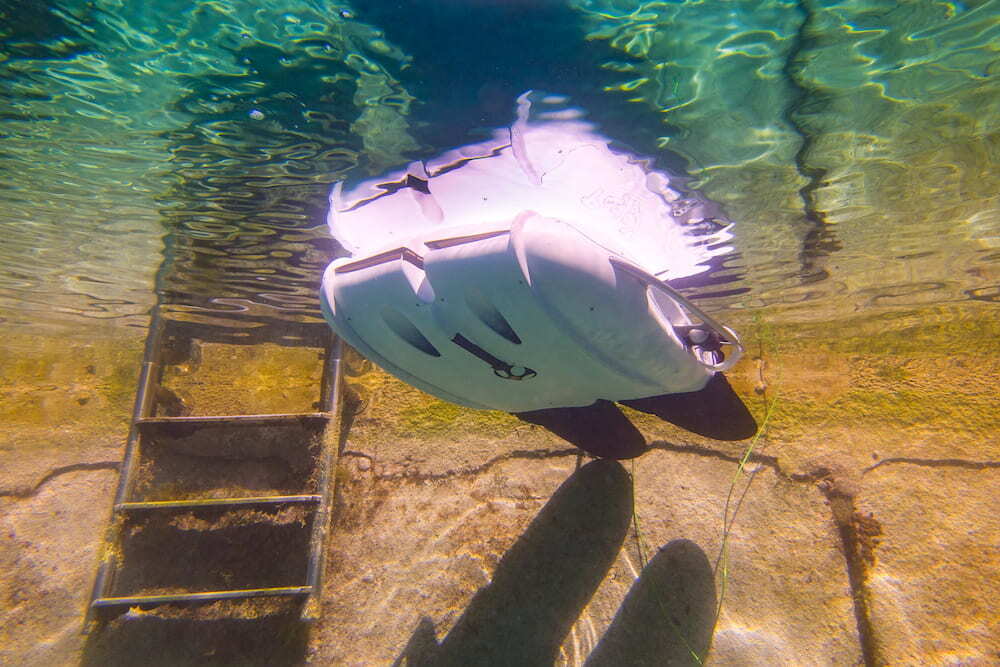
Compact, high-performance sensor development – a balancing act you need to get right
- Perspectives
By Rory Findlay, Navigation Business Development Manager, Nortek
Sensor manufacturers in the subsea space generally appropriated the term SWAP-C from their aerial/terrestrial counterparts to indicate advancements in technology. The acronym stands for Size, Weight, Power and Cost, where improvements to any one of these parameters are realized as a benefit to the vehicle that it serves. Obviously, this becomes particularly interesting as vehicles become smaller and more powerful.
Often ignored, however, is how improvements in SWAP-C impact performance of the sensor. If we take the measures to make sensors less expensive and smaller, are we then making compromises on how well it performs?
Compact, high-performance sensor development without degrading navigational accuracy
Since the release of its DVL product line, Nortek has continuously focused on the theme of compact, high-performance sensor development. The key to this is extending capabilities without changing the sensor size or profile – meaning vehicles do not need to undergo a redesign in order to accommodate a DVL with greater range, for example. It is important to note that these improvements must be made without degrading the overall navigational accuracy.
Taking the physical design of a compact higher-frequency Doppler Velocity Log – the DVL1000 – and utilizing new electronics and transducers, Nortek has been able to increase bottom-tracking range from 75 m to 175 m in the new DVL500 Compact. Such DVLs are ideal for achieving accurate subsea navigation for ROVs and AUVs.

Increasing bottom-tracking range without significantly impacting SWAP-C
A case in point is the recently released DVL500 Compact. Taking the physical design of a higher-frequency system – the DVL1000 – and utilizing new electronics and transducers, Nortek has been able to increase bottom-tracking range from 75 m to 175 m. In addition, extensive field testing shows improved long-term accuracy over the DVL500 Compact’s predecessors without significantly impacting SWAP-C elements. The benefits of such developments are twofold.
Firstly, vehicles without significant payload space can still accommodate a sensor that has extended specifications. An example here may be a small observation-class ROV such as the VideoRay Defender or an AUV looking to push into higher-altitude operations.
Secondly, large vehicles can also use this sensor without compromising on performance. An example here could be the recent qualification of Nortek’s DVL500 Compact onto TechnipFMC’s Schilling Robotics ROVs – allowing intelligent control functions using a compact yet high-performance solution.

Learn more about subsea navigation with DVLs here.


